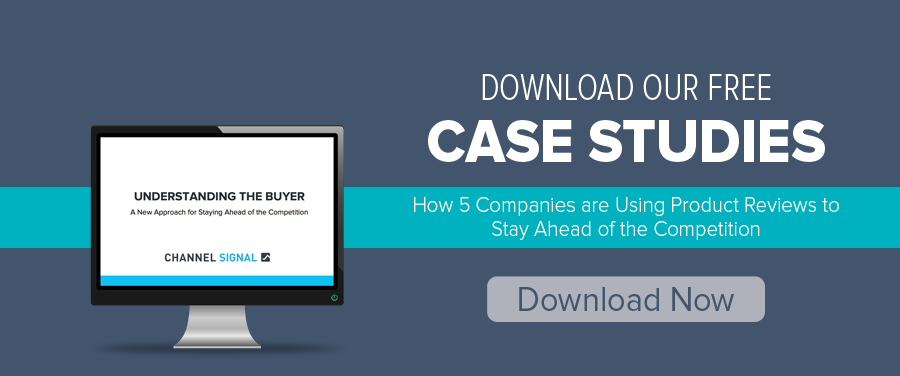One of the most important factors that goes into the success of a product and ultimately a brand is keeping a finger on the pulse of the competition. Tracking how your products are doing in relation to the competition includes monitoring common themes that pop up in negative and positive reviews, understanding what customers are searching for and other critical data. It all starts with ensuring you have eyes on your own products, are aware of competitor activity and are tracking how the overall industry trends play a key role in informing your online and in-person sales and marketing strategies. Having the right competitor analysis tools can help you focus your time on taking action rather than gathering this vital information.
1. Market Research Tools
It’s not enough to be aware only of what’s happening with your own products and brand; you need to be tuned in to the rest of the industry as well. Market research tools like the Trend Detection service by the NPD group, an industry leader in market research, can keep you apprised of trends in what kind of questions consumers are asking, common concerns and complaints, and also alert you to any emerging brands within your market. Being aware of these trends can allow you to tailor your marketing approach to the topics that are important to your consumers. Being aware of new and emerging brands before waiting for the data to reach you through other means gives you the advantage of being able to stay competitive with new, trending products and brands.
2. Social Media
They say to keep your friends close and your enemies closer – while this seems to be an exaggeration, when it comes to keeping up with your competitors, it has some truth. It’s always better to be aware of what your competitors are doing than to be caught off guard. Follow competing brands on social media to stay up-to-date on new products being released, as well as the marketing campaigns they are running on these platforms. Social media can also be a useful tool in seeing what consumers are sharing about competitors’ products, and how the response compares to feedback on your own social media pages. Tools like Social Mention and Sprout Social can aggregate the information and provide helpful analytics so you can get the most valuable information from your social media use.
3. SEO & SEM
SEO (Search Engine Optimization) and SEM (Search Engine Marketing) are critical in making sure your products are seen by prospective consumers in the first place. Both of these focus on increasing your products’ visibility in search engine results pages. Paid advertising is a common and effective strategy to improve search engine rankings. Being aware of your own SEO and SEM figures is crucial, but it’s not enough. Use competitor analysis tools like Kompyte, SEM Rush or SimilarWeb to obtain similar analytics for your competitors’ products to see where they’re succeeding, how they’re focusing their efforts, and where they appear to be making the most money. Based on the results, you can decide whether it would be more effective to adopt a similar approach, or whether a fresh initiative should be launched.
4. Content Alerts
With Google Alerts, it is now possible to receive a notification straight to your desktop or email any time new online content is created that matches your selected search terms. A news aggregator like Feedly can also be used to monitor internet buzz regarding your competitors, their products, and your industry in general. With real time updates, you won’t miss a thing, and will be able to assess and respond as quickly as necessary to keep pace with the news cycle and newly produce content.
5. Product Review Analytics
In the day and age of consumer transparency, product reviews are a decision-making metric for consumers. But what they also provide is extremely useful information to brands and manufacturers. Instead of trying to keep up yourself, use a product review analytics service like Channel Signal to analyze reviews of your own products as well as those of your competitors. This allows you to keep track of both negative and positive keywords to see how your brand is stacking up. Has there recently been a surge in reviews of a particular product, or an upward or downward trend in the numbers? How does overall consumer sentiment compare between your products and your competitions’? Product review analytics give you the information you need to make informed, intelligent marketing decisions for your online presence.

